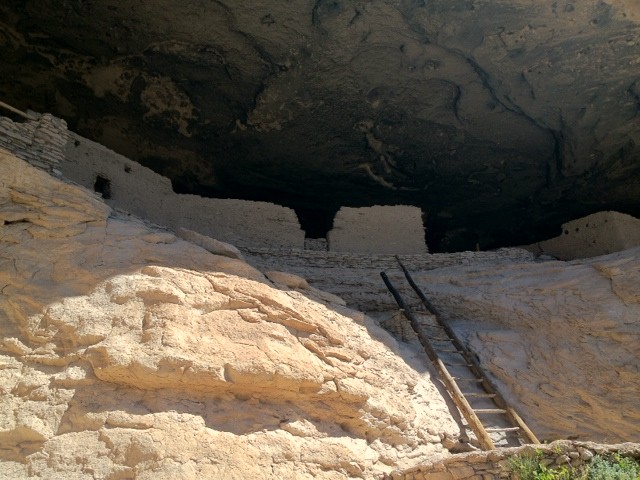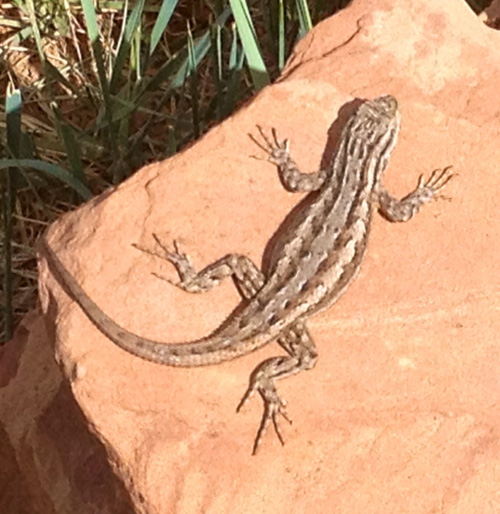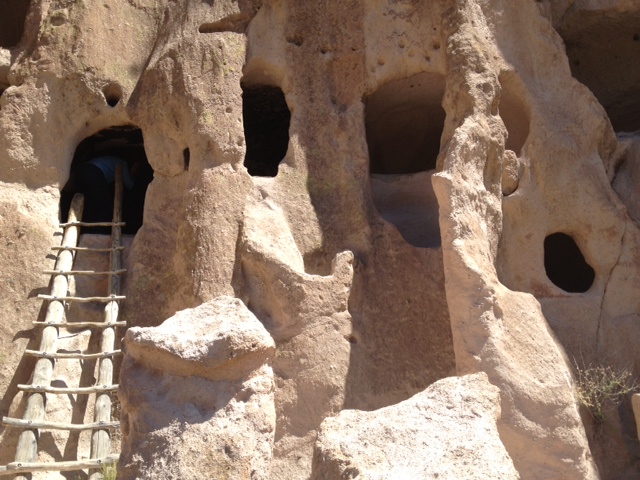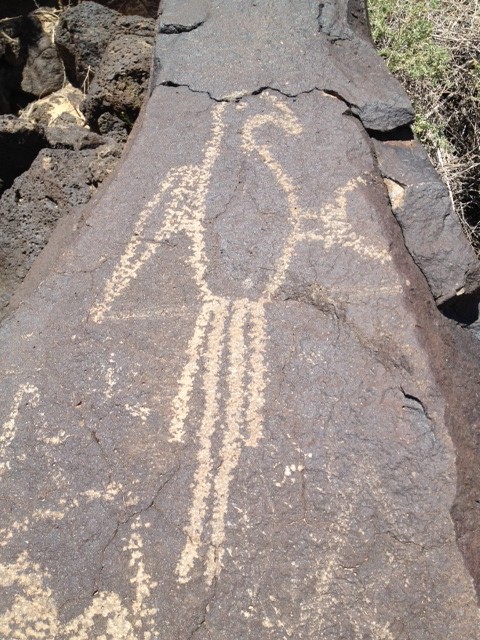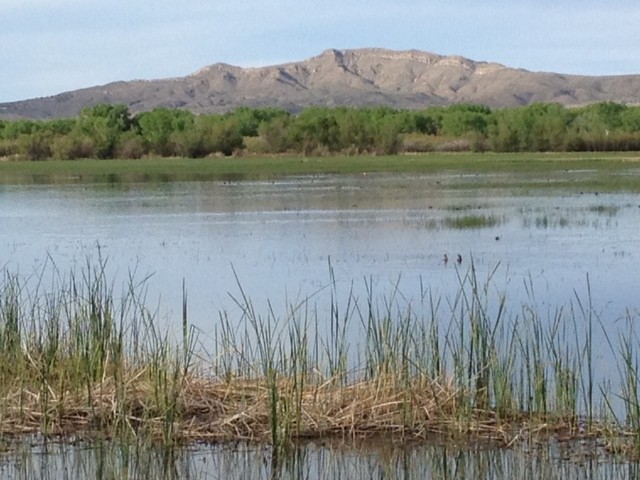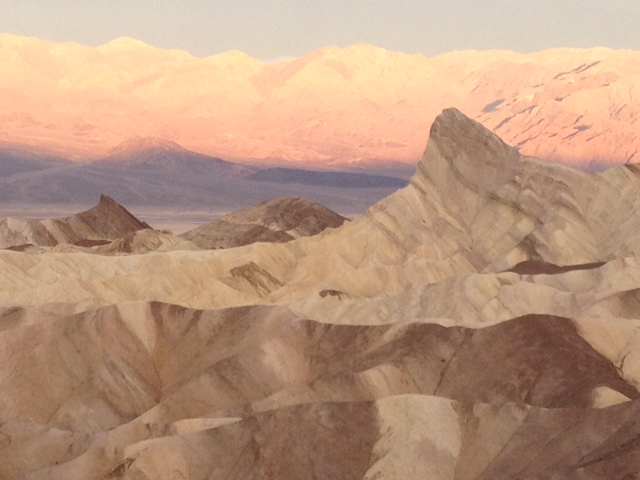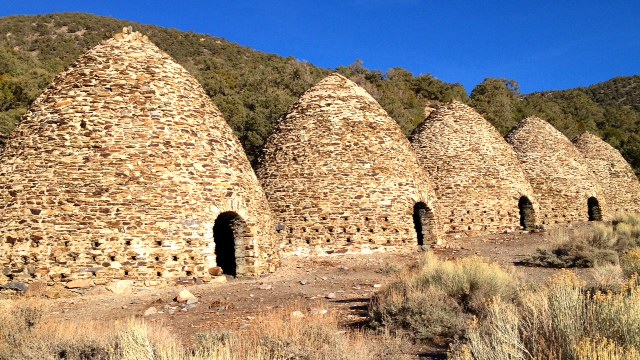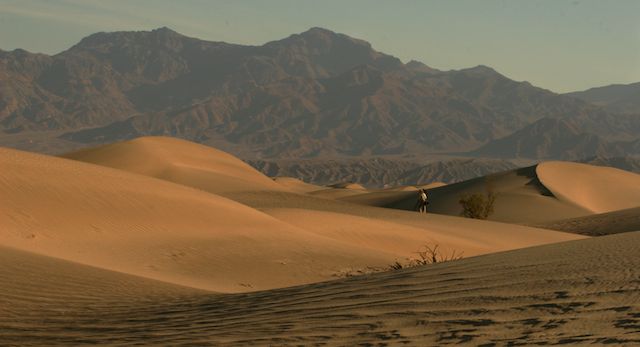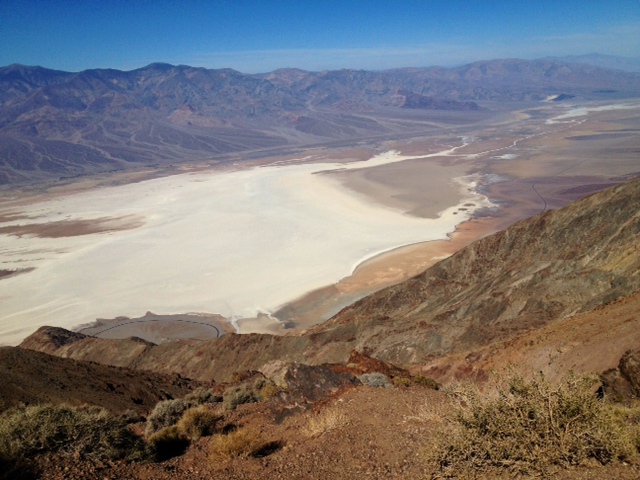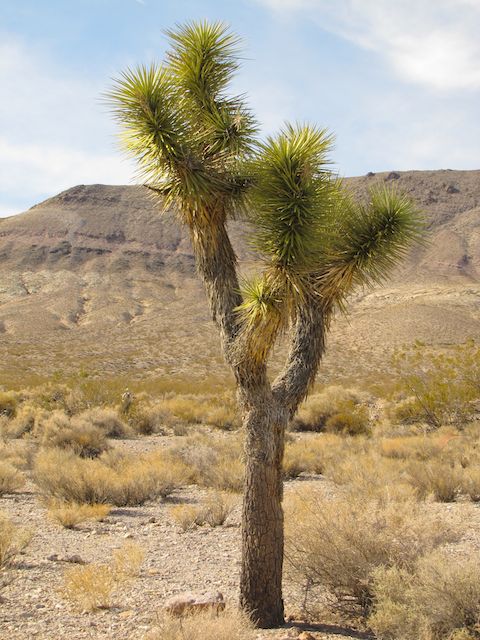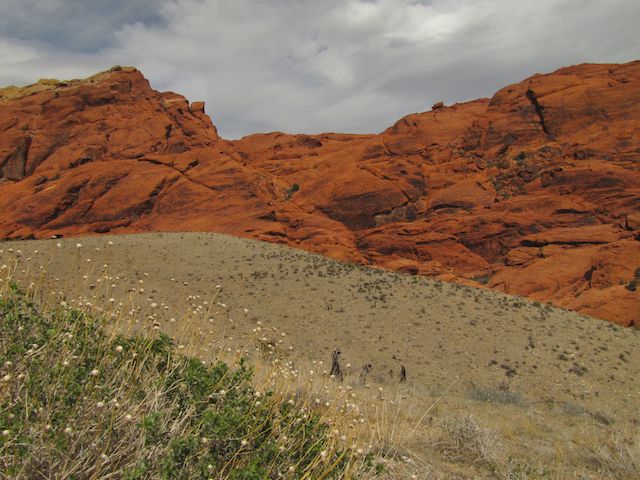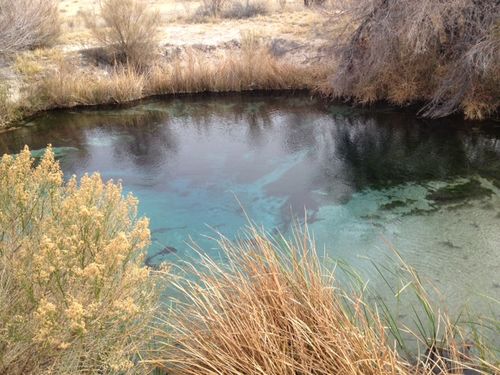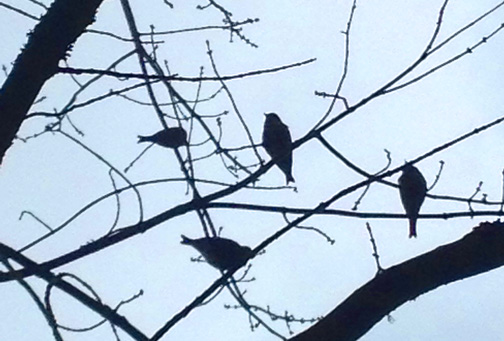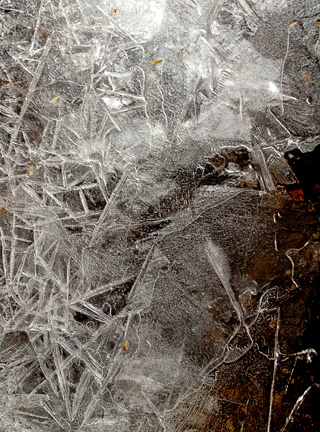Howdy Folks!
I just returned for a trip to a few spots in Texas for the holidays, and boy am I exhausted! I’m quite excited to be back after a nice holiday season and hope that everyone had a wonderful month of December.
While in Texas, I had the opportunity to explore unique landscapes and habitats as I searched for a variety of birds. Because of its location, Texas plays host to many species of birds (over 600 in the spring and summer months!). The size of the state alone allows for such geographic differentiation that dozens of different habitats are represented, making it an ideal place to go bird watching. My sightings were nothing short of amazing and I’m thrilled to share that I saw several new birds that I added to my life-list.
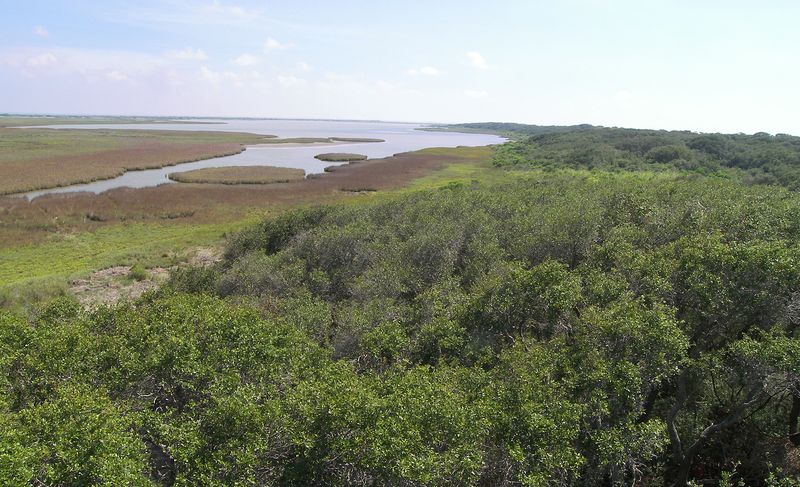
I began my birding adventure several hours inland on Cedar Creek Lake, a bit over an hour south of Dallas. The drought had wreaked absolute havoc on the water-level, but the birding was still pretty good. Birds like cattle egret, tri-colored heron, roseate spoonbill, and least sandpiper showed up early on with the anhinga, ferruginous hawk, American coot and mallard duck finally making an appearance as the day progressed.

I also had a wonderful opportunity to travel to the coast to bird with a group in the Aransas National Wildlife Refuge. I would highly recommend a coastal trip for any bird lover wishing to be overwhelmed by the sheer number of birds. Our sightings included the bearded tyrannulet, green parakeet, muskovy duck, paraque, white pelican, Leconte’s sparrow, American kestrel, zone-tailed hawk, groove-billed ani, Forster’s tern, and, my personal favorite, the whooping crane. There were also some more familiar faces (or beaks!!) such as the great-blue heron, American robin, northern cardinal, and blue jay.
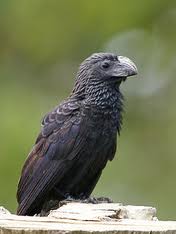
All in all, it was a wonderful trip and I urge you all to consider visiting Texas.
As for Wildwood, all is peaceful as we move towards the middle of January. Still no snow on the ground, but that should change soon as the middle of winter creeps up on us. I’ve seen signs of deer everywhere, and just this morning I saw a fox run across the road (no doubt, taking advantage of the unusual weather to forage for some food). Texas may seem like a veritable menagerie, but fear not! Wildwood is still being represented by our year-round residents like the black-capped chickadee, white-breasted nuthatch, tufted titmouse, and downy woodpecker. Just last night, I even heard a barred owl call!
Before long, it will be time for the sowing of seeds in the garden as we start to welcome back our amazing array of migratory birds and early spring wildflowers. I look forward to them, and I am sure that all of our campers do as well.
I’ll post an update in a few weeks to let everyone know a bit more about what’s going on up at Wildwood. Get out there and enjoy nature, everyone!
-Johnathon


